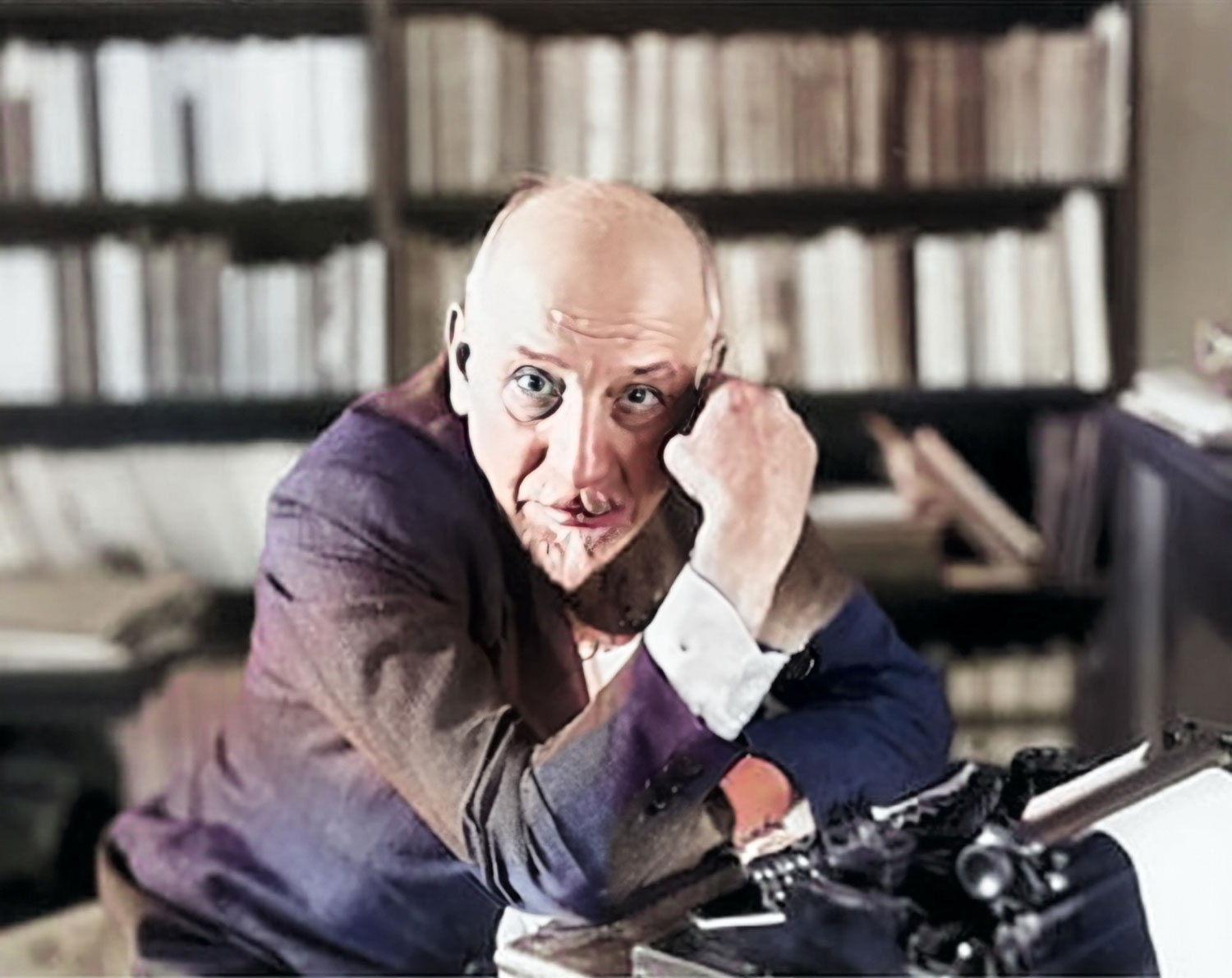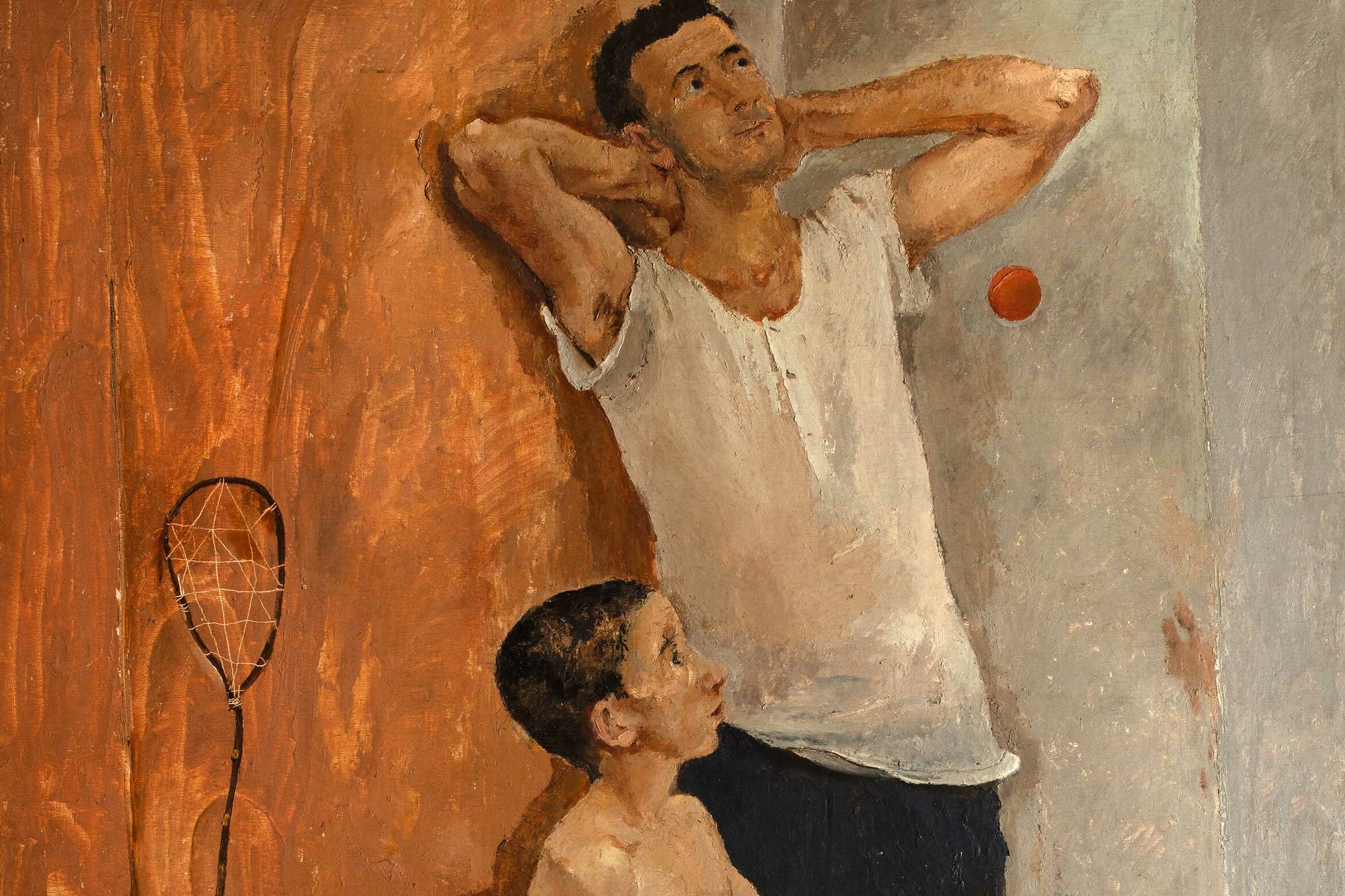Getting to know an artist through their works is an encounter that sometimes offers the opportunity to understand their art, to place them in the time they lived, to imagine their personality, especially if they are no longer in this world. However, it is not always the case that this allows us to comprehend the motivations behind their artistic and life choices.
Rarely, instead, do we have the fortune to stumble upon some of their diaries, which not only contain reflections on art – their own or that of their contemporaries – but also their innermost soul, their most private life, with their impressions, feelings, and daily existence that would otherwise remain unknown, and the impact of which would not be understood in their works.
This is precisely what happened with Fausto Pirandello, a painter of remarkable depth in the 20th century and among the members of the Roman School. He was the son of the undoubtedly more famous father, Luigi Pirandello, the playwright and Nobel Prize winner. The discovery of these precious diaries was accidental, with the oldest dating back to 1936 found at the bottom of a drawer – never opened again after his death on November 30, 1975. The drawer belonged to what was once his home and studio on Via Scialoja in Rome, where the artist lived from the 1950s onwards. Today, this space is guarded by his daughter-in-law, Giovanna Carlino Pirandello, the tireless President of the Fausto Pirandello Foundation, who took on the leadership role after her husband Pierluigi’s passing. Pierluigi was a co-founder of the foundation alongside her in 2011. She is now aided in the promotion of Fausto’s works by Manuel Carrera, the Artistic Director, and Andrea Iezzi, the Assistant responsible for organizing exhibitions and events. Both of them are from the Fausto Pirandello Foundation, headquartered in Rome.
Deciphering the handwriting was a task of considerable difficulty, but through his daily accounts, it was possible to accurately date some works – an endeavor previously impossible – and to identify others whose destination had been lost. Furthermore, Fausto’s tormented feelings emerge not only towards his father Luigi, with whom he had a known conflicted relationship but also towards his sons Pierluigi and Antonio and his wife Pompilia d’Aprile, a beautiful model from Anticoli Corrado. Fausto married her two years after the birth of his firstborn Pierluigi, in Paris, without even informing his father. This is also recounted in the book written jointly by Pierluigi Pirandello and Alfonso Veneroso, The Forgotten Pirandello, published in 2017 by De Luca Art Publishers, Rome. In his diary, Fausto poured out all his dissatisfaction with marriage and his wife, whom he labeled with epithets like carrion, old hag, hyena, and shrew. Despite this, he never left her, and she remained his ally throughout his life. Regarding his children, he wrote: “My children are now to me like two abstractions, as if they were emblems of a traditional way of being…I give them then what I would give to myself, thinking of when I was a child.”
Now, the diaries have been presented to the public in a book bearing the emblematic title: Pirandello Day by Day, meticulously curated by Manuel Carrera and once again brought to print by De Luca Art Publishers, the venerable publishing house of the Pirandello family. This literary revelation unveils not only the artist but also his human essence, laid bare in annotations delving into his private realm, his relationships with friends, colleagues, and the select few with whom he engaged. Within the pages of these diaries, one discovers his musings on modern art, along with accounts of his dreams, offering a fresh lens through which to interpret his works.
The discovery of these diaries has allowed for the partial filling of gaps in his archive, a task made necessary as Pirandello was not one to meticulously preserve his writings. What remains are scattered notes scribbled on any available piece of paper or cigarette pack, along with letters, scraps, and photographs, diligently preserved by his son Pierluigi, a responsibility now entrusted to Giovanna Carlino. Fausto eschewed the notion of preserving memories, and what endures merely reflects his idiosyncratic approach to his craft, rather than any deliberate intent to leave a lasting legacy for posterity.
The volume was previewed at Casa Sanfilippo, headquarters of the Archaeological and Landscape Park of the Valley of the Temples of Agrigento, in view of the initiatives related to the city, the Italian Capital of Culture 2025. Manuel Carrera’s book, with introductory texts by the Park Director, Roberto Sciarratta, and art historian Lorenza Trucchi, contains the full transcription of the twelve diaries belonging to the painter, written between 1936 and 1973. It is enriched with paintings and works on paper, footnotes, an index of names, 48 color plates covering the years from 1928 to 1974, and a documentary apparatus with unpublished letters and writings. The diaries constitute completely unpublished material of extraordinary importance, thanks to Fausto’s annotations on the progress of his works, the techniques used, and the revisions of works carried out even at considerable intervals.
The volume was published thanks to the support of the Archaeological and Landscape Park of the Valley of the Temples of Agrigento, in collaboration with the Municipality of Anticoli Corrado and the Rotary Club Ribera, the hometown of Giovanna Carlino.
Before the book presentation, there was a ceremony to hand over a painting by Fausto Pirandello, titled “Self-portrait” – watercolor on paper from 1945, generously donated by Giovanna Carlino, President of the Fausto Pirandello Foundation, represented for the occasion by Manuel Carrera and Andrea Iezzi.
During the event, a small painting by Luigi Pirandello was also donated to the Archaeological and Landscape Park of the Valley of the Temples by Antonio Alessio, Professor of History and Vice President of International Programmes at Richmond American University London. It’s an oil on canvas from 1913, titled “Bell Tower Church of San Giorgio,” Soriano al Cimino. It was delivered by his son Dominic, who also presented his father Antonio’s book, titled Pirandello Unbridled. An exploratory and personal journey by Antonio Alessio.
With the donation of the two paintings – Fausto Pirandello’s Self-portrait and Luigi Pirandello’s Bell Tower Church of San Giorgio – the art gallery of the Museum of the Birthplace of Luigi Pirandello will be enriched, thus bringing together father and son for comparison, two great artists who have left a legacy that will hardly be matched over time. Two generations in comparison, two artists, two personalities often in conflict and contradiction but with a fundamental love that no different vision of life and art could ever shake.































